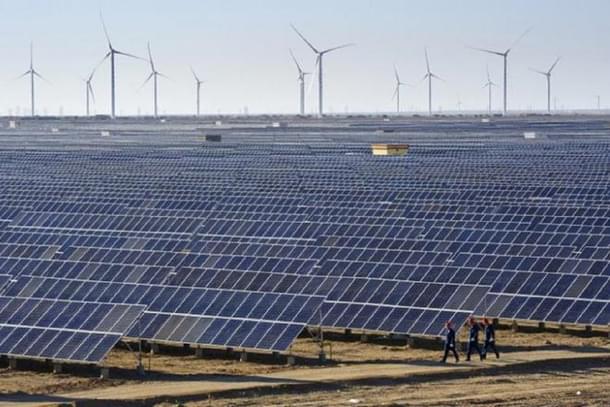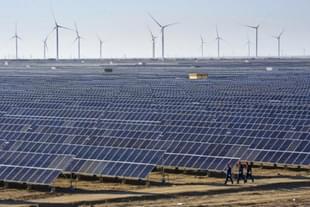Infrastructure
Growth In India’s Installed Power Capacity Driven By Renewables: Economic Survey 2023
India Infrahub
Jan 31, 2023, 03:00 PM | Updated 03:00 PM IST
Save & read from anywhere!
Bookmark stories for easy access on any device or the Swarajya app.


The maximum rise in electricity generation between FY22 and FY21 was recorded in renewable energy resources ,says the just-released Economic Survey 2022-23.
Authored by the Chief Economic Advisor, Dr V Anantha Nageswaran, the survey observed that there has been a gradual transition in India’s energy sector from the conventional sources to the non-fossil fuel sources.
“India is steadfast in its commitments towards non-fossil fuel-based energy resources. India has put in place a target of achieving 50 per cent cumulative installed capacity for generating electric power from non-fossil fuel-based energy resources by 2030,” the Economic Survey said.
“India is well on its way to fulfilling its commitments with the share of renewables in overall installed capacity growing at a fast pace. This is a result of the various government initiatives aimed at supporting the renewable energy sector,” it added.

The total installed power capacity of India including utilities and captive power plants (industries having demand of one MegaWatt (MW) and above) was 482.2 GW (one GW equals 1,000 MW) as on 31 March 2022 as compared to 460.7 GW on 31 March 2021, up by 4.7 per cent.
Installed capacity in utilities was 399.5 GW on 31 March 2022 as against 382.1 GW a year back (higher by 4.5 per cent). Thermal sources of energy make up the largest (59.1 per cent) share of total installed capacity in utilities, followed by renewable energy resources with 27.5 per cent and hydro with 11.7 per cent.





